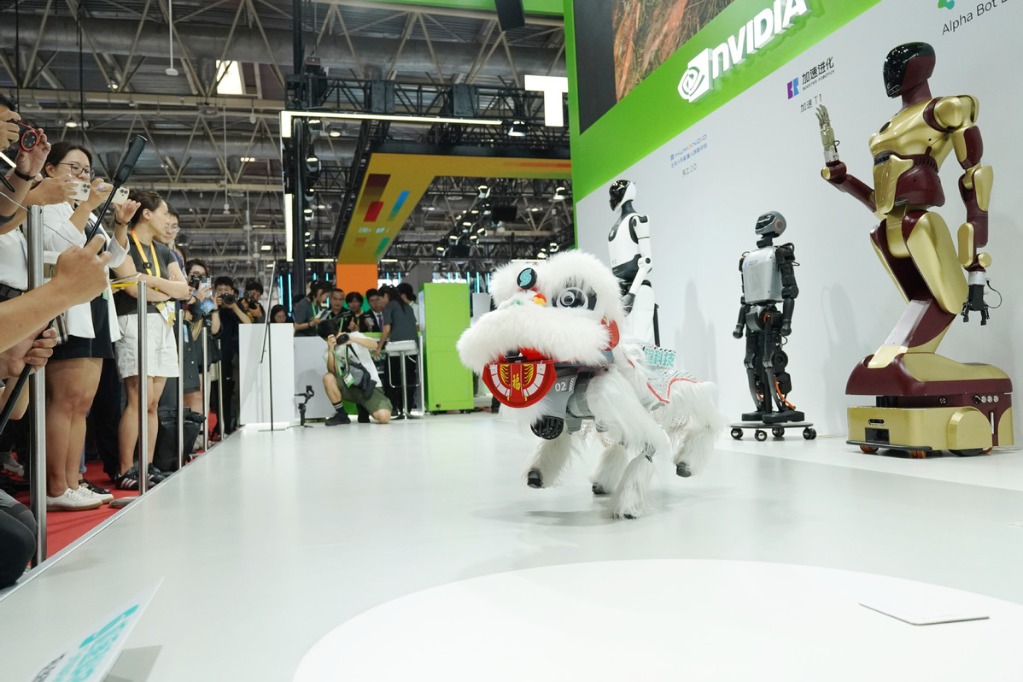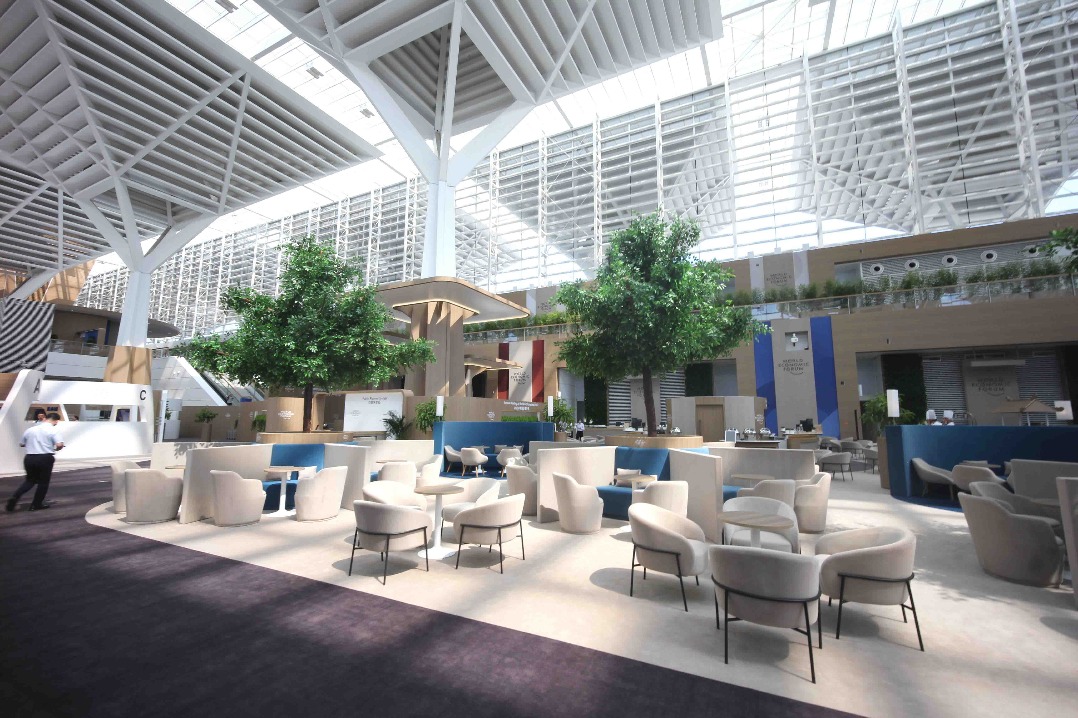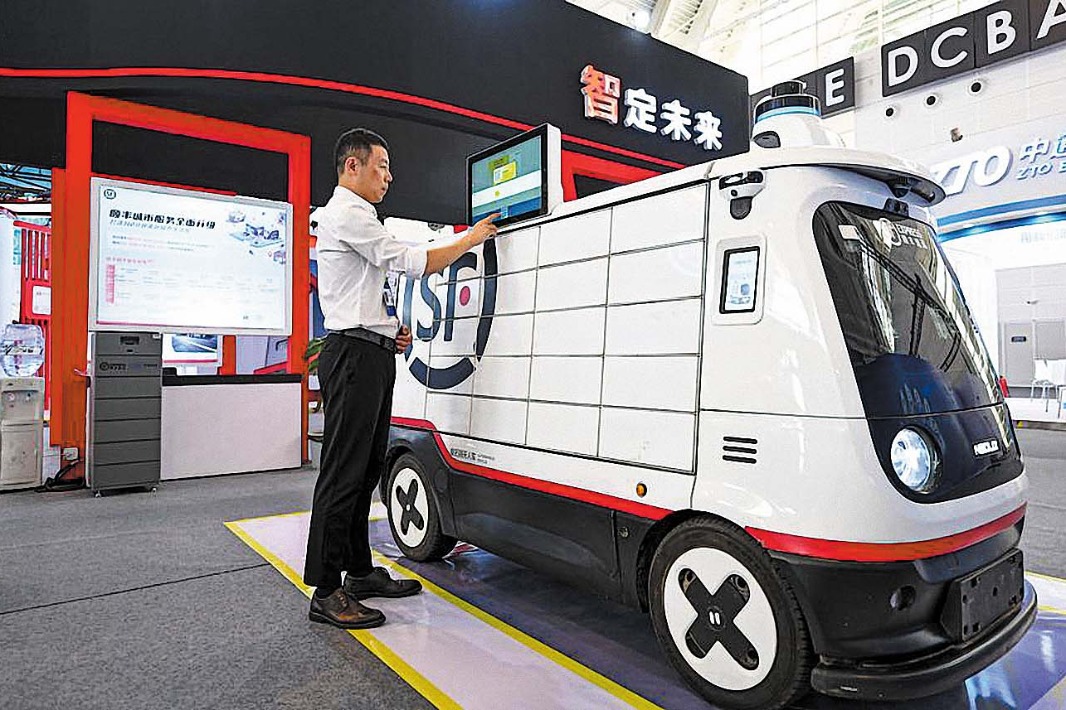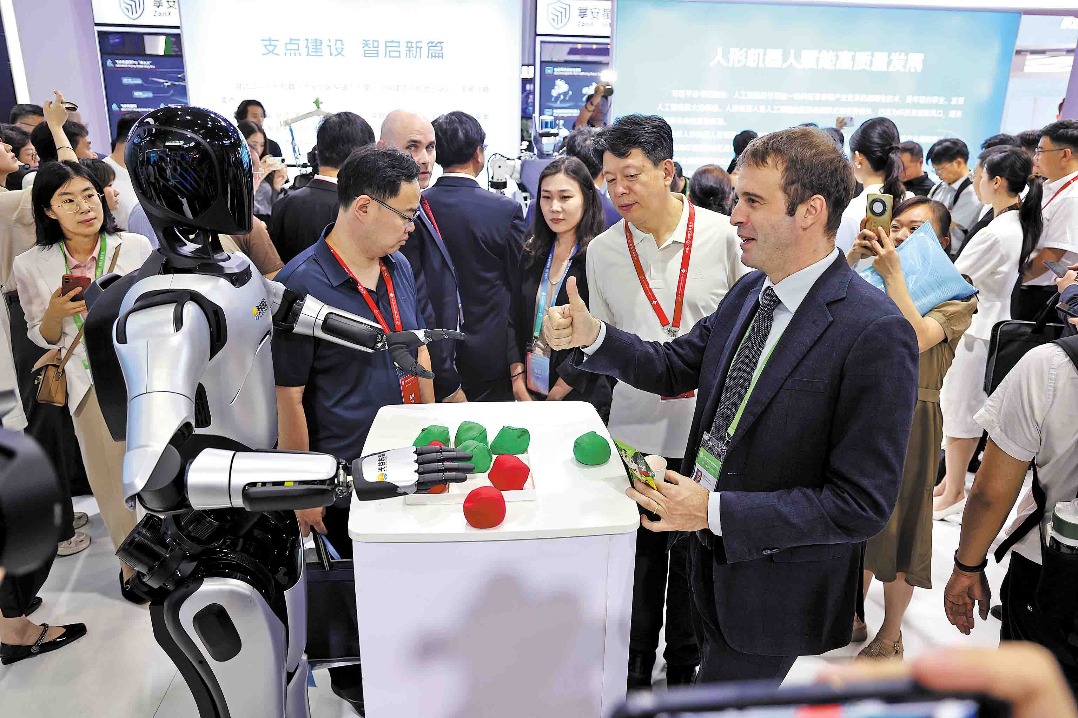Demand for battery swap to boom over coming 5 years


Greater standardization, reduction in costs required for sustained success, experts say
China's new energy vehicle battery swapping industry is expected to experience a boom in the next 5 years, but there remain obstacles such as high costs and a lack of standardization, according to insiders.
"In the next 5-10 years, the number of commercial vehicles with potential demand for battery swapping will reach 4 million," said Zhang Feng, deputy general manager of Blue Park Smart Energy (Beijing) Technology. "We believe that by 2025, the number of battery-swapping NEVs will reach 1.24 million, with 12,370 battery-swap stations needed."
He made the remarks at the 2020 China International Battery Switching Mode Industry Summit Forum, held in late December in Shanghai.
Some analysts said that Zhang's forecast for China's NEV battery swapping market is a little conservative.
BAIC BJEV-one of the first automakers in China to carry out large-scale investment and operation in the NEV battery swapping industry-h(huán)ad set up 225 stations in 19 cities in China and had 22,000 battery-swapping vehicles on the road as of November.
In 2021, Blue Park Smart Energy (Beijing) Technology will build no less than 100 battery-swap stations nationwide. The figure is expected to reached 2,500, covering at least 120 cities in China by 2025, according to Zhang.
Huang Chunhua, general manager of marketing at the Shanghai-based Aulton New Energy Automotive Technology, said that by 2025, the company will build 5,000 battery-swap stations in 100 cities in China, serving 2 million NEVs.
"One-third of them (the 2 million NEVs) will be commercial vehicles, and the rest will be private," Huang added.
Aulton unveiled its latest-generation battery-swap station at the Guangzhou auto show in November.
At the station a battery can be swapped in 20 seconds, and it can be used for models from different automakers.
Geely Technology Group, a new player in the NEV battery swapping industry, is hoping to make an impact.
"We have established intelligent battery-swap stations in Chongqing, Hangzhou (in Zhejiang province), and Jinan and Zibo (in Shandong province)," said Yang Quankai, head of battery swapping at the company.
Last week, the company completed its first battery-swapping vehicle-the Maple 80V in Zibo.
Equipped with the company's self-developed intelligent battery swapping technology, the model can switch a battery in 80 seconds, helping to alleviate the range anxiety of many NEV owners.
By 2025, Geely Technology Group will have 5,000 battery-swap stations across China, according to Yang.
Statistics show that the construction cost of a battery-swap station is around 3-10 million yuan ($460,000-$1.53 million). Calculated on the basis that each station will have a reserve of 20 batteries and each battery is valued 100,000 yuan, the cost of batteries for each station will reach 2 million yuan. And that's not counting land, labor and electricity costs.
"Each battery-swap station needs 4-5 staff members. For each employee that can be cut from a station, a 3 percentage-point growth in revenue will be witnessed," Zhang said.
If complete automation can be achieved, the revenue of each battery-swap station can be increased by at least 12 percentage points, Zhang added.
As vehicles come in all different shapes and sizes, there are different requirements for the size and connector used in different battery packs, battery materials and energy density.
For now, the difference is not just between brands, but also between models under the same marque, according to Huang, who said that a unified standard is expected, but will be difficult to achieve.
To cope with the situation, Aulton launched its sharing battery-swap station, which the company said is an important step toward the standardization of battery swapping.
According to the China Electric Vehicle Charging Infrastructure Promotion Alliance, as of November 2020, China had 535 battery-swap stations.




































